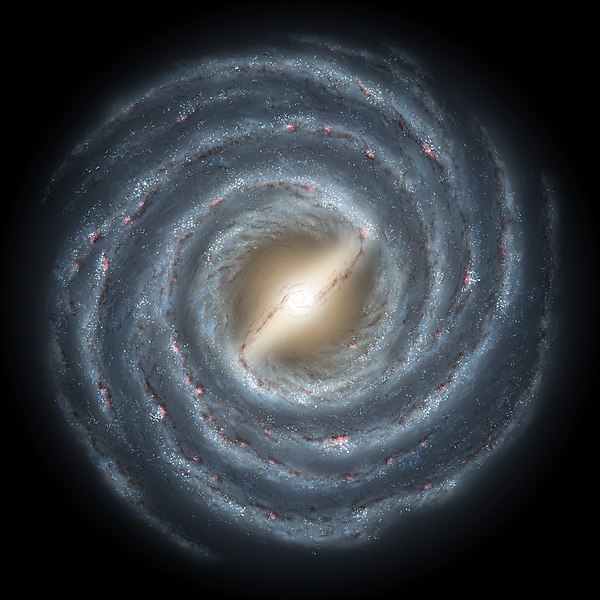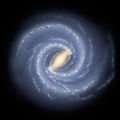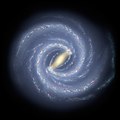Īxiptli:Milky Way 2005.jpg

Tamaño de esta previsualización: 600 × 600 pixels. Otras resoluciones: 240 × 240 pixels | 480 × 480 pixels | 768 × 768 pixels | 1024 × 1024 pixels | 1350 × 1350 pixels.
Tzintiliztlahcuilolli (1350 × 1350 pixel; tlaixiptlayotl octacayotl: 955 kB; machiyotl MIME: image/jpeg)
Amatl itlatolol
Haz clic sobre una fecha y hora para ver el archivo tal como apareció en ese momento.
| Tonallapohualpan ihuan imman | Pilixkopintsin | Octacayotl | Tekitiketl | TlahtoIcaquiliztiloni | |
|---|---|---|---|---|---|
| naman | 21:55 19 Nāuh 2014 |  | 1350 × 1350 (955 kB) | SenseiAC | different image = different name. The "newer" one will therefore be moved to "Milky Way 2008" |
| 20:47 4 Hon 2008 |  | 5600 × 5600 (4,35 MB) | Ashill | {{Information |Description= Like early explorers mapping the continents of our globe, astronomers are busy charting the spiral structure of our galaxy, the Milky Way. Using infrared images from NASA's Spitzer Space Telescope, scientists have discovered th | |
| 08:01 16 Chiucnāuh 2005 |  | 1350 × 1350 (955 kB) | Shizhao | Barred Spiral Milky Way Illustration Credit: R. Hurt (SSC), JPL-Caltech, NASA From http://apod.gsfc.nasa.gov/apod/ap050825.html {{PD-USGov-NASA}} |
In canin oquitlalihqueh
Inīn zāzanilli motzonhuilia inīn tlahcuilōlhuīc:
can nohuiyanyoh motequipanoh inin tlachiyaliztecpaliztli
Las wikis siguientes utilizan este archivo:
- Uso en af.wikipedia.org
- Sonnestelsel
- Wikipedia:Voorbladartikels 2006
- Magellaanse Stroom
- Melkweg
- Wikipedia:Voorbladartikel week 9 2006
- Gebruiker:Voyageur
- Sjabloon:Melkweg
- Pisces-Cetus-superswermkompleks
- Boötes I-dwergsterrestelsel
- Boötes III-dwergsterrestelsel
- Canes Venatici I-dwergsterrestelsel
- Canes Venatici II-dwergsterrestelsel
- Canis Major-dwergsterrestelsel
- Carina-dwergsterrestelsel
- Draco-dwergsterrestelsel
- Fornax-dwergsterrestelsel
- Monoceros-ring
- Hercules-dwergsterrestelsel
- Leo I-dwergsterrestelsel
- Leo II-dwergsterrestelsel
- Leo IV-dwergsterrestelsel
- Leo V-dwergsterrestelsel
- Phoenix-dwergsterrestelsel
- Pisces I-dwergsterrestelsel
- Pisces II-dwergsterrestelsel
- Sculptor-dwergsterrestelsel
- Sagittarius- Elliptiese Dwergsterrestelsel
- Sextans-dwergsterrestelsel
- Ursa Major I-dwergsterrestelsel
- Ursa Major II-dwergsterrestelsel
- Ursa Minor-dwergsterrestelsel
- Virgo-sterrestroom
- Scutum-Centaurus-arm
- Perseus-arm
- Norma-Cygnus-arm
- Orion-Cygnus-arm
- Carina-Sagittarius-arm
- Magellaanse Brug
- Segue 3
- Willman 1
- Koposov I
- Koposov II
- Crater 2-dwergsterrestelsel
- Groot Magellaanse Wolk
- Klein Magellaanse Wolk
- Uso en als.wikipedia.org
- Uso en ar.wikipedia.org
Ver más uso global de este archivo.








